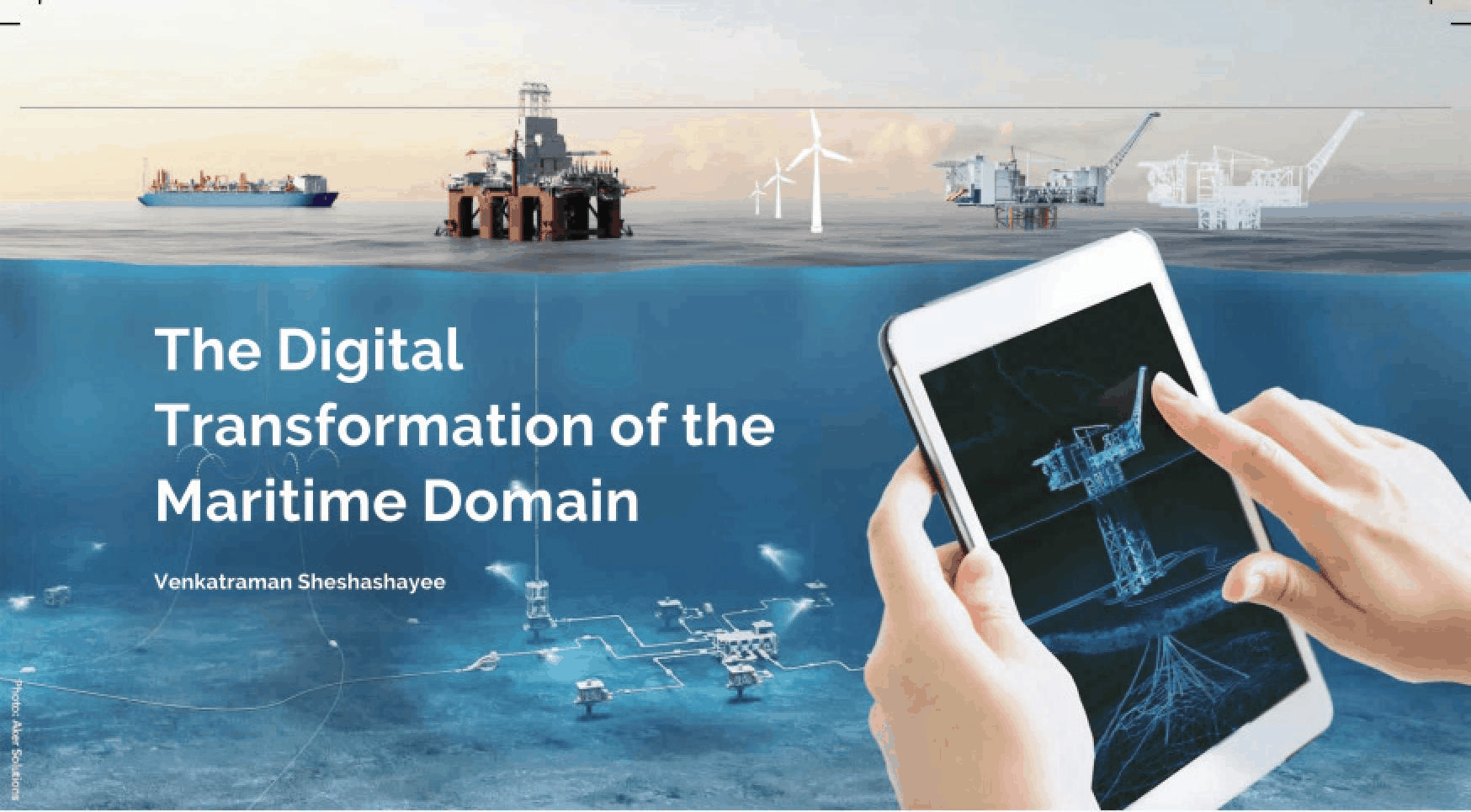(This article originally appeared in June 2018 edition of Marine Engineers Review, Vol 12, Issue 7, Journal of The Institute of Marine Engineers (India), and is being reproduced here for readers of TheNavalArch’s blog)
The maritime domain is gradually coming to terms with the dawn of the Fourth Industrial Revolution. An industry that has largely resisted or ignored technology is being forced to reconsider its stand. The adoption of technology in the maritime space is driven primarily by two factors – the need to become more cost efficient and the looming shortage of traditional skills. Both these factors have the potential to have serious and lasting impact on this sector, and technology is being seen as a panacea.
What do we mean by ‘technology’, which is such a broad term that encompasses anything from steam engines to brain computer interfacing? Which aspects of technology are threatening (or promising) to reboot the maritime world?
Artificial Intelligence

First, there is Artificial Intelligence. Al subsumes a broad set of technologies incorporating machine learning, neural networks, cognitive networks, natural language processing, advanced robotics, etc. Each of these is a vast subject on its own. Together, they have the potential to change the world in alarming and amazing ways. Al, properly deployed on vessels, can lead to smart equipment capable of diagnosing themselves, ships that can choose the most economic route to their destinations without (and even in spite of) human intervention, vessel convoys forming and separating when required, cargoes being allocated to vessels to maximize capacity utilization and minimize ton-miles. The list is practically endless. We can be sure of one thing – Al will impact every single aspect of the maritime value chain sooner than most of us expect.
Transiting to Al is unlikely to be smooth and seamless. There are and will be myriad challenges. Who will lead? Who will drive? What standards will be followed? What role will IMO play? What role will flag states play? How will Al impact seafarers? How will it affect on-shore managers? To what far reaches of the value chain will AI extend? How secure is it? Who will guard it? What can happen if there is a breach? Who is responsible, the ship’s crew or the vessel owners or the software developers?
Sensor Technology/IoT in Maritime Industry
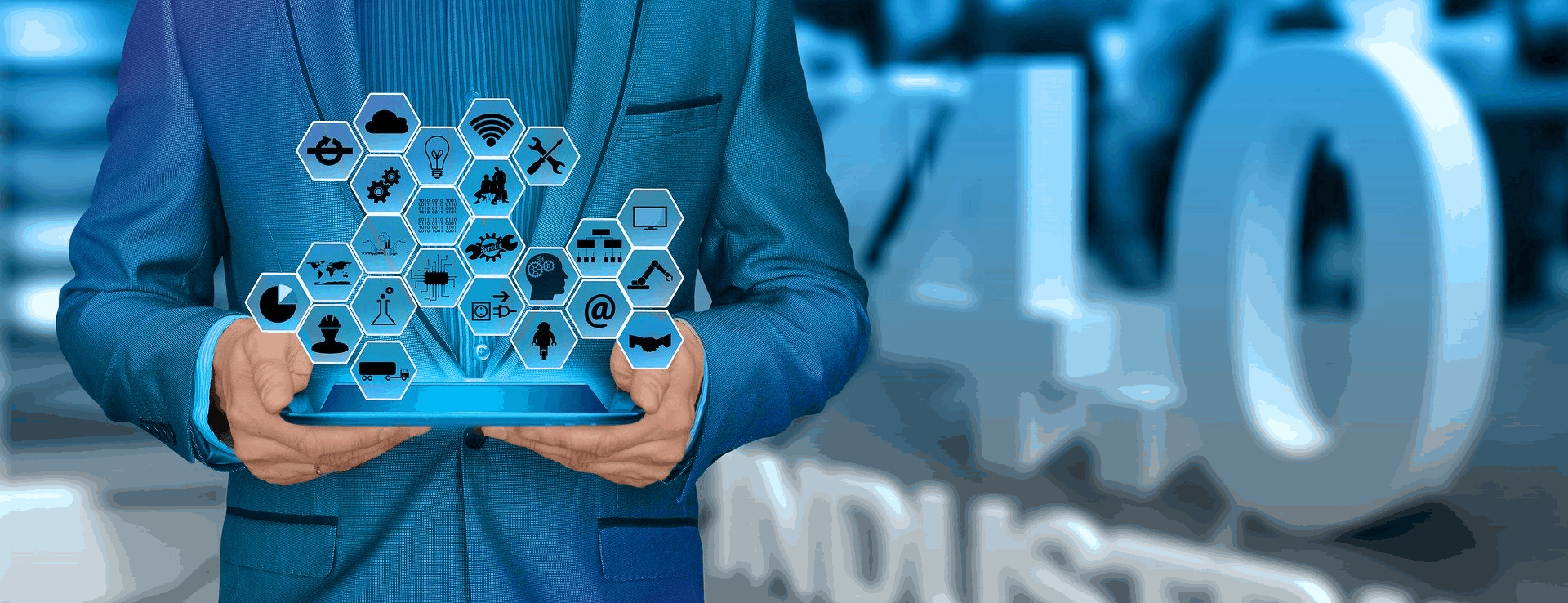
Second, there is situational awareness through sensor technology. While this can be seen as a part of AI, it is also distinct in many ways. Sensors enable physical systems to perceive the world around them and help them respond and react in the most beneficial mariner possible. Sensor technology is what allows driver less or autonomous cars to wend their way safely on busy roads. It allows the monitoring of the aged and the young, the tracking of wellness, the surveillance of criminal acts, the disruption in weather patterns.
Sensor technology is not new. All of us have encountered it, sometimes on a daily basis. If you have washed your hands in an airplane toilet, you have met and used sensor technology. The proliferation and the interaction and the data generation are what make this truly transformational.
Here again, there are challenges that the quality and accuracy of data, the seamless connectivity between sensors and their servers, the integrity and resilience of sensors in diverse environments, the security of the data – all of these are issues that need to be considered, dealt with and resolved.
Data Connectivity in the maritime world
Third, for Al and sensors to fulfil their potential, we need connectivity. Currently, maritime connectivity is pathetic, even if one is being kind. The current technology in use (FBB, Satcom) were state-of-the-art in the nineties. Higher data rates, lower latency, satellite wi-fi these are just a few changes that are on the horizon.
As connectivity improves, onboard systems and sensors will start integrating into the Internet of Things, and by doing so, gradually become more intelligent, predictive, responsive and capable.
Maritime Cybersecurity
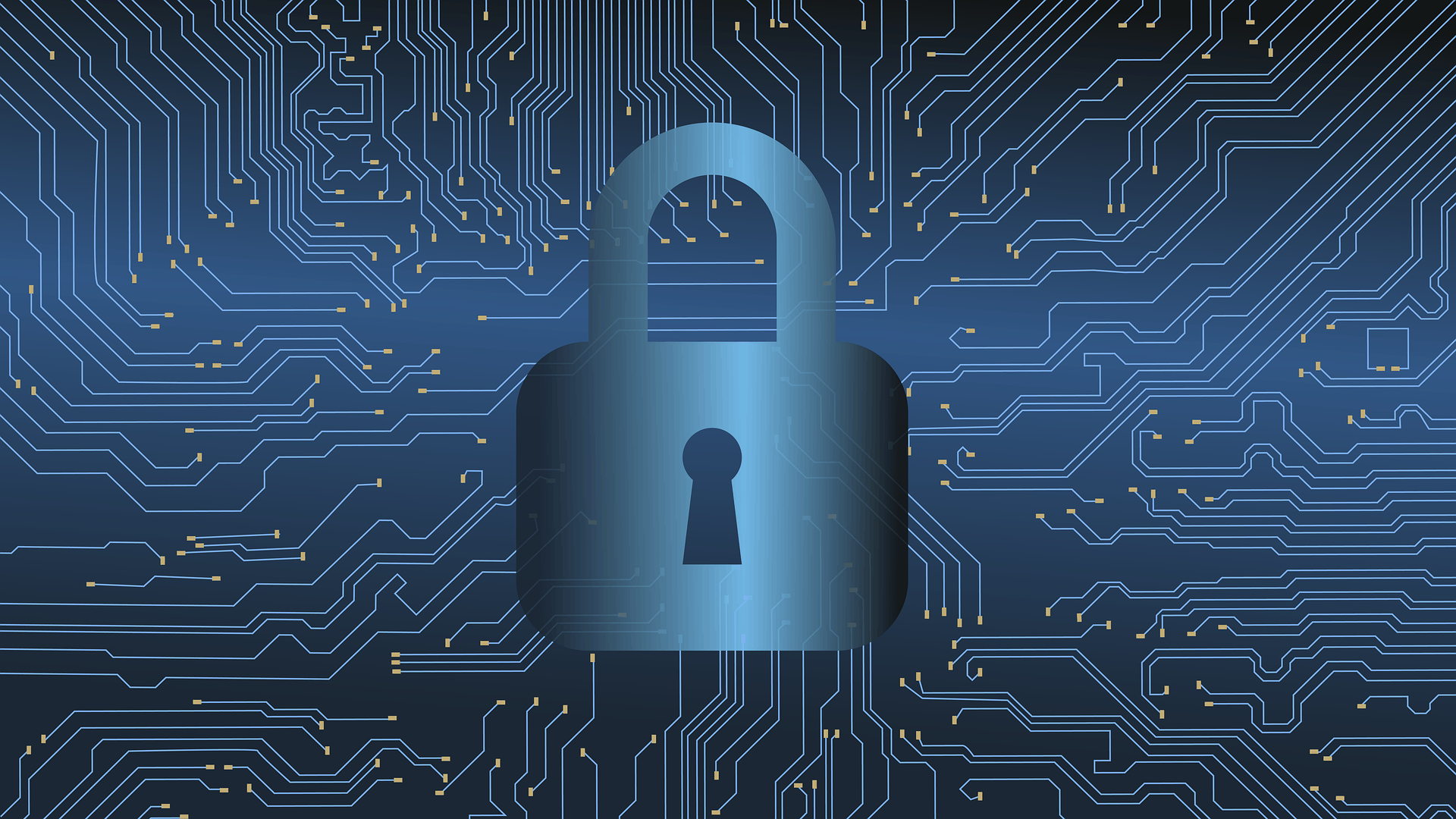
Four, to ensure that all the above technologies are secured and safe. Cybersecurity will need to go into overdrive.
Any disruption to connectivity or malicious interference can have devastating outcomes. As the spread of sensors and Al increases, security becomes increasingly critical as an attack can disable, take control or even destroy remotely without warning.
Technologies that are currently being deployed ashore such as adaptive security architectures and Al enabled reactive security will need to be embraced and quickly. Insurance will need to adapt. Standards will need to be set. Security infrastructure and behavior will need to be monitored and audited.
Regulatory Regime, and the need to collaborate for emerging technologies
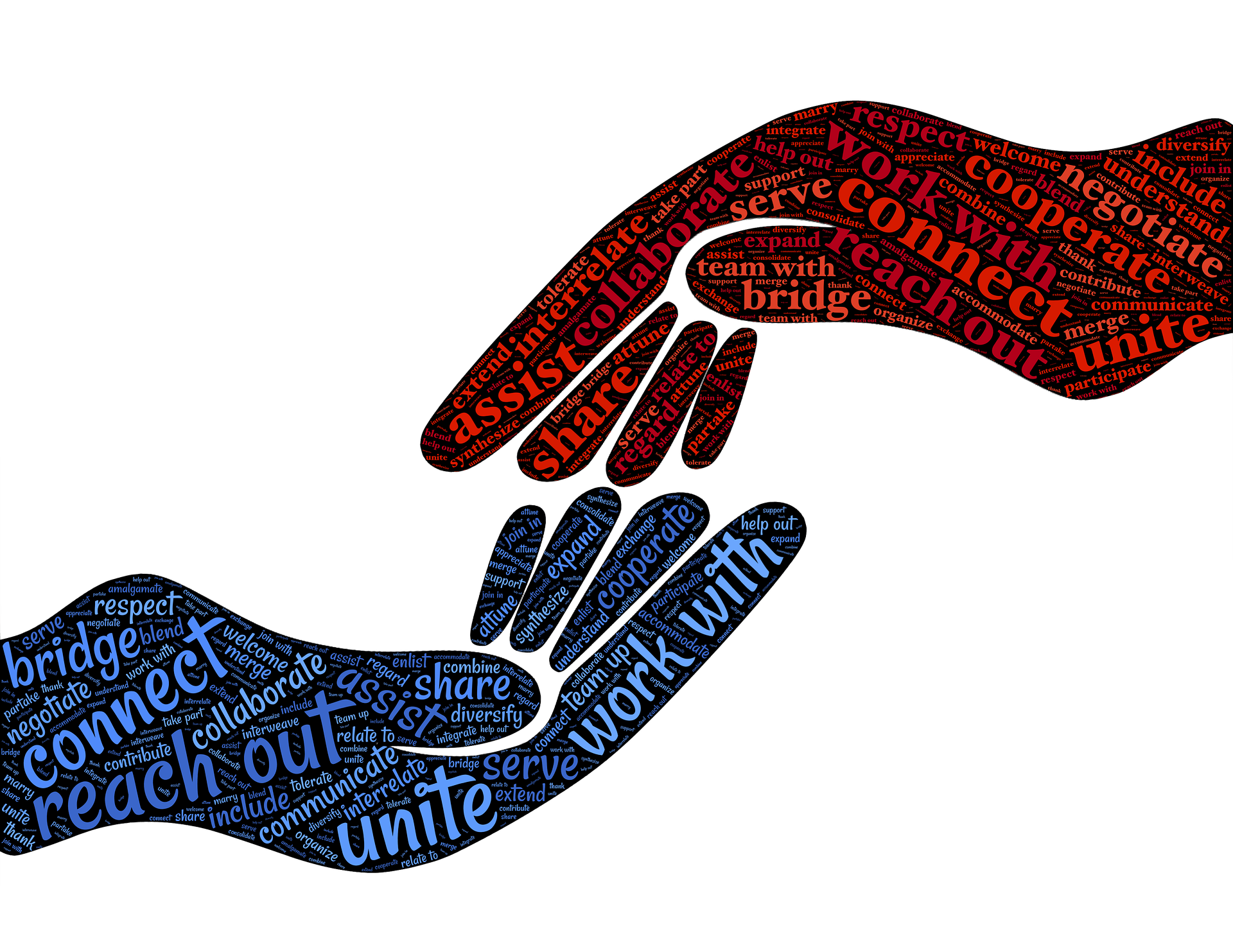
Overlaying all these is the regulation of emergent technology. Traditionally, regulation lags technology. While this may not be life threatening in cases of privacy in social media and speculation in crypto-currency, it is absolutely critical in a global, disconnected, remotely managed sector like maritime. Class Societies, Flag States, IMO, Insurance Companies, Port State Controls, OEMs, Shipbuilders, et al have to collaborate and coordinate to establish clear norms to manage the advent of and spread of transformative technologies. While doing so, they have to be careful not to smother it with restrictions and risk averseness. Maritime regulation needs to learn to manage risk not avoid it. Appropriate regulation can help safeguard against non-conforming quality and deviation from standards.
It can help allocate ownership and responsibility. It can help define liability and its root. Some classification societies have already started work in this area, but a much more concerted and orchestrated effort is required.
The virtual revolution will change shipping in ways that we, even today, do not anticipate. The benefits are tremendous – enhanced safety, lower operating costs, prediction and pro-action, increased efficiency, real time oversight. The path to this nirvana is unlikely to be paved. The disruption that the maritime world is quaking in anticipation about is not so much the technology itself: rather, the uncertain steps and painful stumbles that we will encounter getting to where we should be.
Disclaimer:
The views, information, or opinions expressed in this article are solely those of the author and do not necessarily represent those of TheNavalArch Pte Ltd and its employees
This article originally appeared in June 2018 edition of Marine Engineers Review, Vol 12, Issue 7, Journal of The Institute of Marine Engineers (India), and is being reproduced here for readers of TheNavalArch’s blog.

Venkatraman Sheshashayee
Former CEO | Mentor to Boards, Promoters and Professionals
Venkatraman Sheshashayee (Shesh) is Managing Director of Radical Advice, a business transformation advisory based in Singapore. He has over 34 years of experience in manufacturing, shipping and offshore oil & gas.
Shesh’s previous roles include CEO & ED of Miclyn Express Offshore, CEO & ED of Jaya Holdings Limited and Managing Director of Greatship Global.
In his new avatar, Shesh helps mentors Boards, Promoters and Professionals and helps them achieve their potential.
Shesh is the author of the ‘CEO Chronicles’ series on navigating careers and the ‘What Women Want’ series on gender awareness, published on LinkedIn and Medium.
He can be reached at vshesh@radicaladvice.net
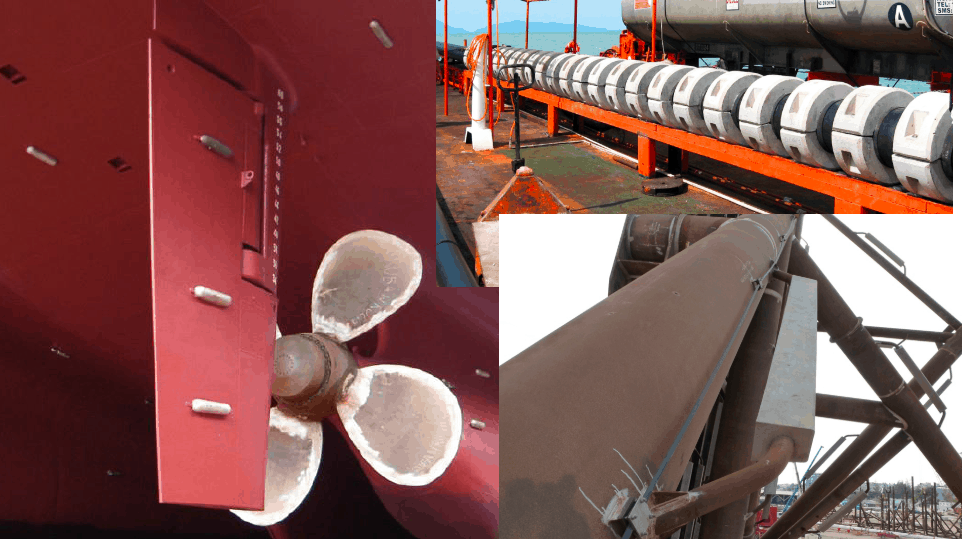
Cathodic Protection – Ships, Offshore Platforms, FPSO’s and Pipelines: a comparison
Cathodic protection of a structure is an exercise which requires close study of the structure on which it is going to be implemented. The type and quantity of cathodic protection by anodes will depend upon multiple factors: the Geometry of the Structure, the...
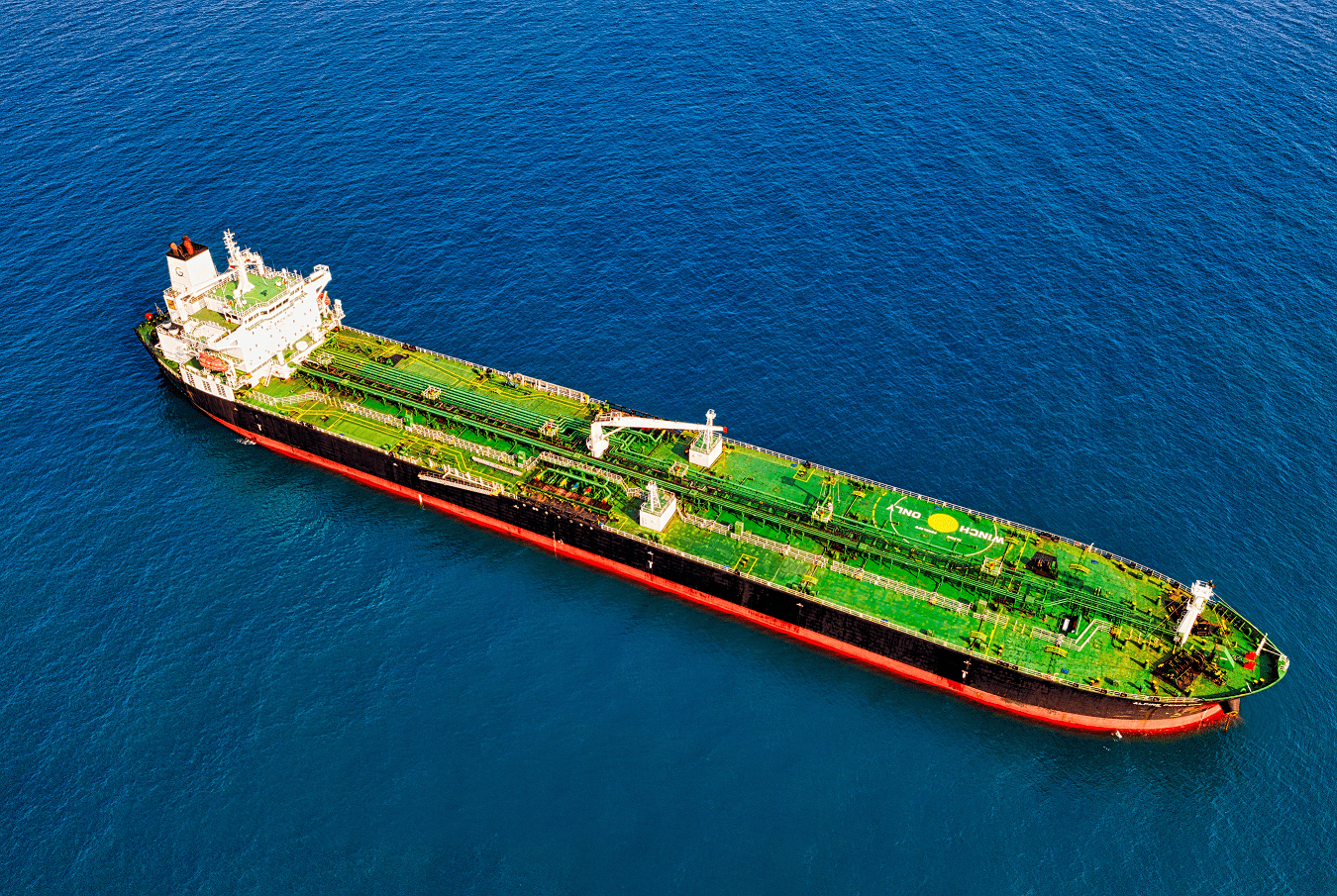
Role of a naval architect – a walkthrough (Part – 1)
This is the first in a series of articles on 'Role of a Naval Architect' by Mr Bijit Sarkar, a Naval Architect with 35+ years of experience in ship design and shipbuilding. I would define a naval architect as one who has the ability to greet the client as he/she walks...
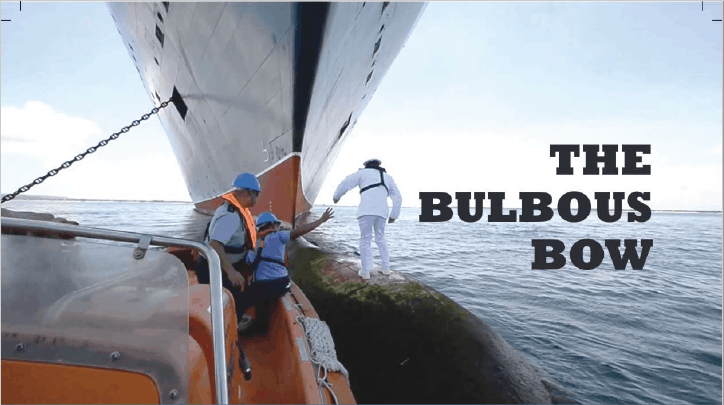
The bulbous bow – why some ships have it and others don’t
By Tamal Mukherjee, This is the Part 1 of a two part article on the Bulbous Bow. Part 2 can be accessed here *This article originally appeared in May 2019 edition of Marine Engineers Review (India), the Journal of Institute of Marine Engineers India. It is being...
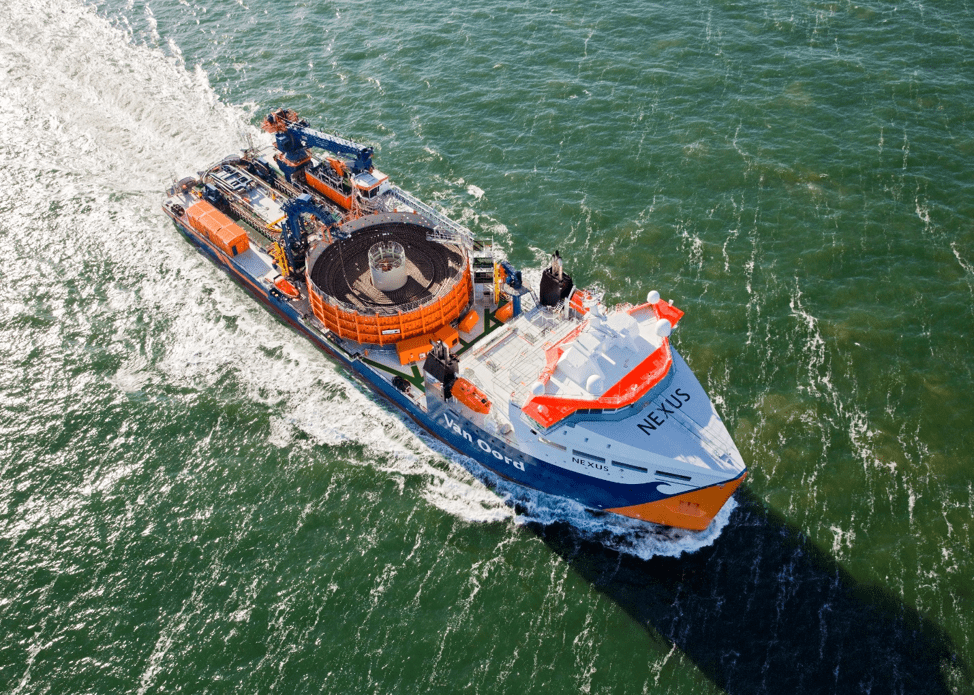
Mitigating risks during subsea cable installation
Over the last 20 years, the interest in offshore wind power generation has increased substantially. Offshore Wind Energy currently provides only 0.3% of world power generation, but the potential is really vast. In the next 20 years the offshore wind industry is set to...
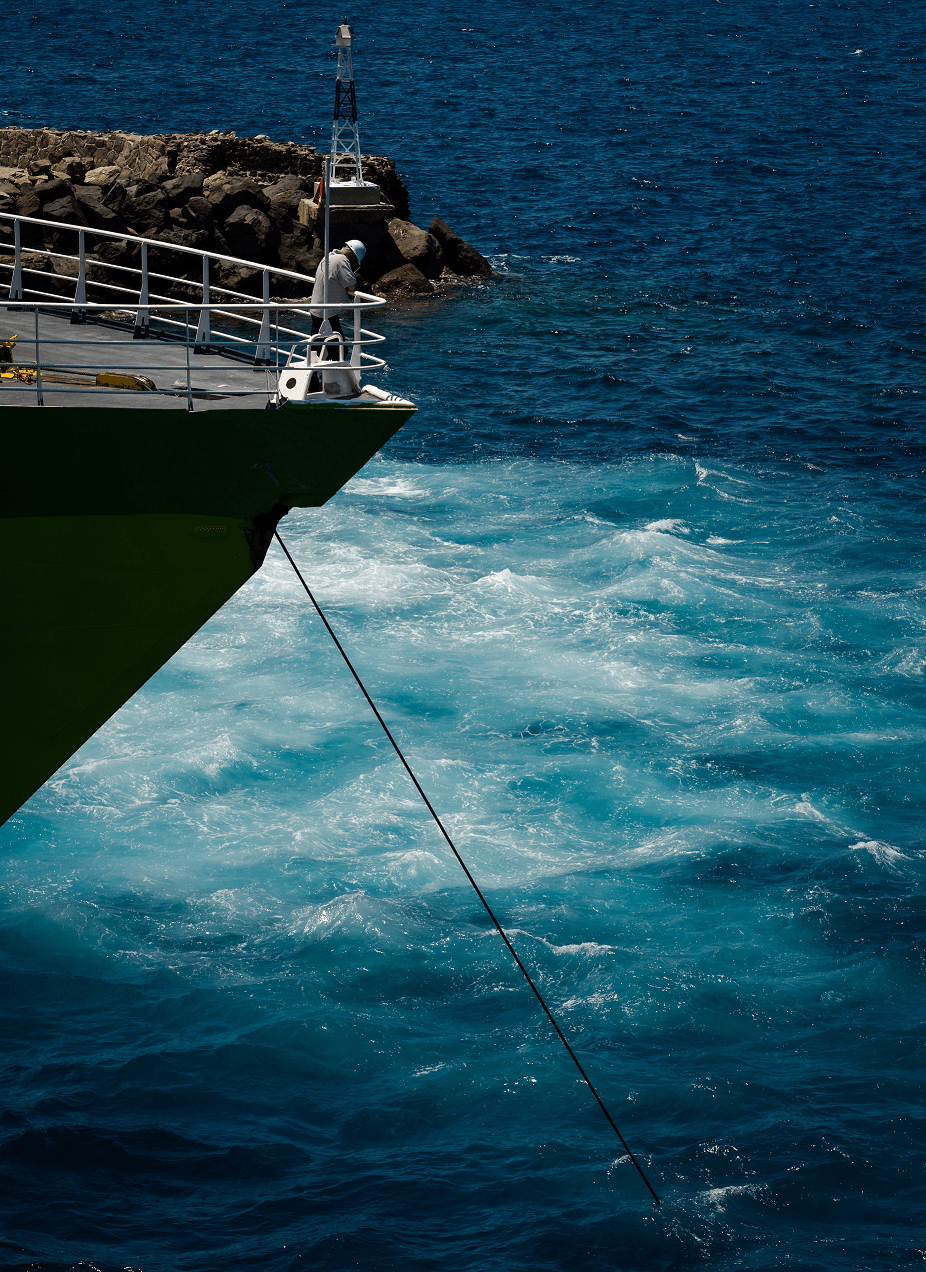
A simple method of selecting the right anchor for mooring a tanker/gas carrier
Anchoring is a fundamental and sensitive operation for a vessel. When a vessel is at anchor, it swings to align itself along the direction of the dominant environment. The anchor is supposed to hold the vessel in varying environmental conditions depending on where the...
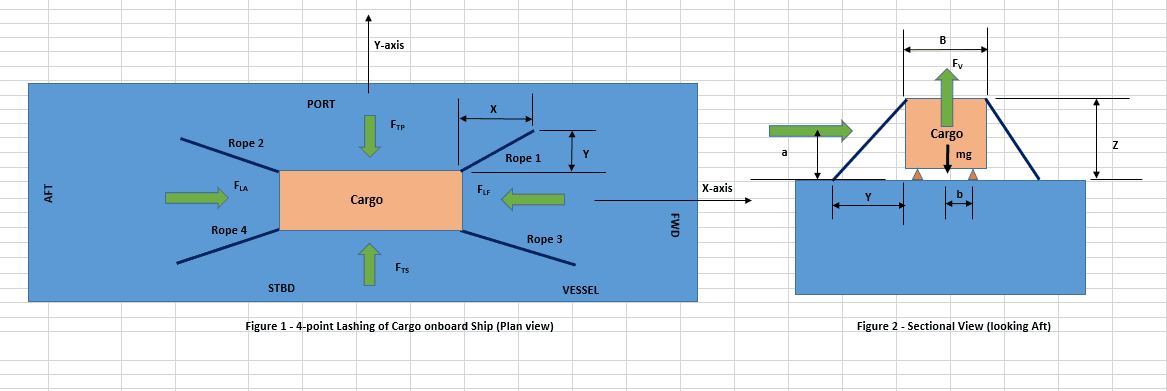
Designing a simple 4-point lashing system for a Deck Cargo
Introduction Lashing of a deck cargo on a ship involves different means and mechanisms to secure the cargo to the deck of the ship. This ‘securing’ is important to contain the movement of the cargo in view of the ship motions during the transportation. The simplest...
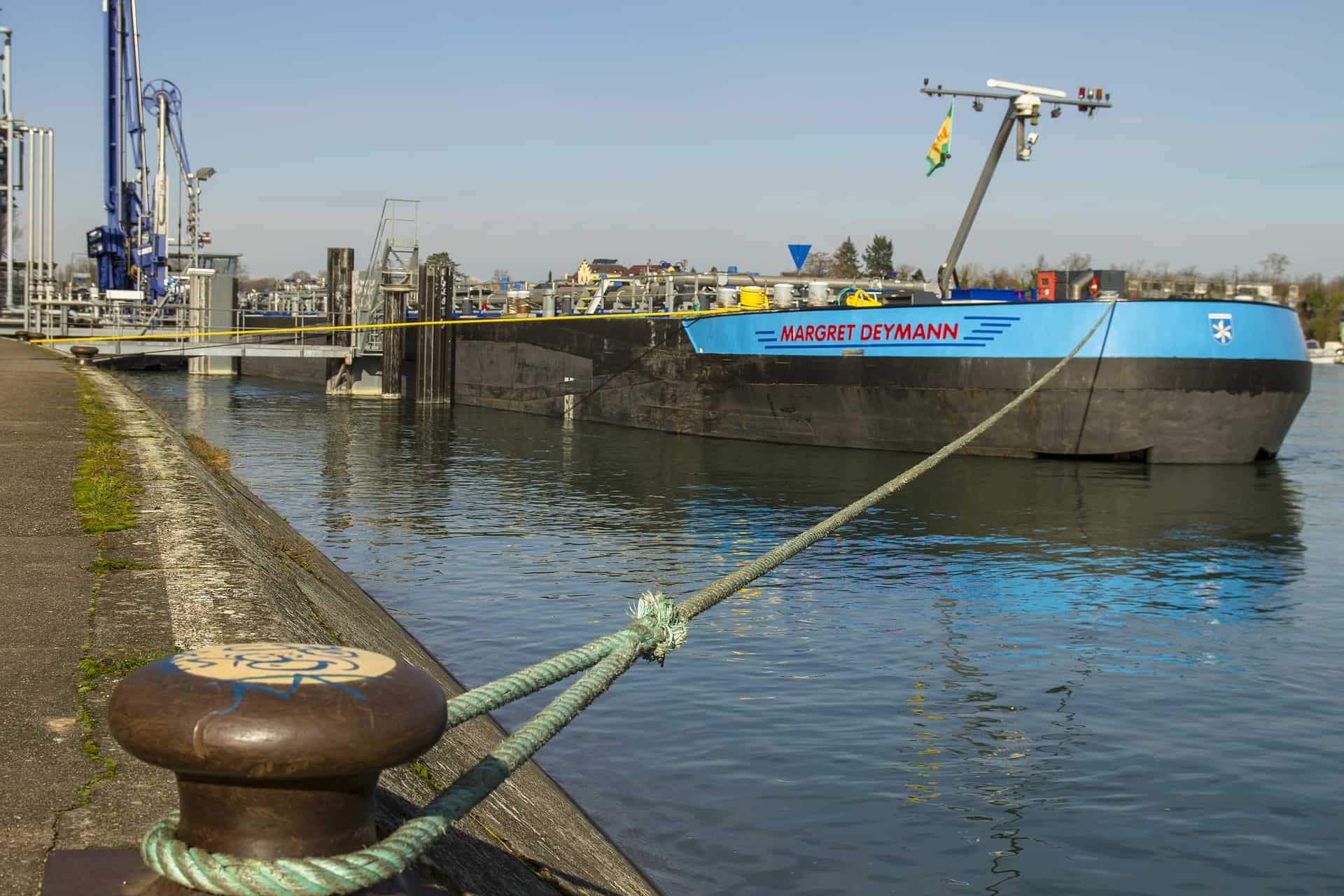
Calculating a Ship’s Design MBL using OCIMF MEG-4
In Part 1 of this article, we saw a step by step guide to calculate the Environmental forces on a vessel based on “Standard” environmental criteria defined in Section 3 of OCIMF Mooring Equipment Guidelines Fourth Edition (MEG-4) in order to determine the ship’s...
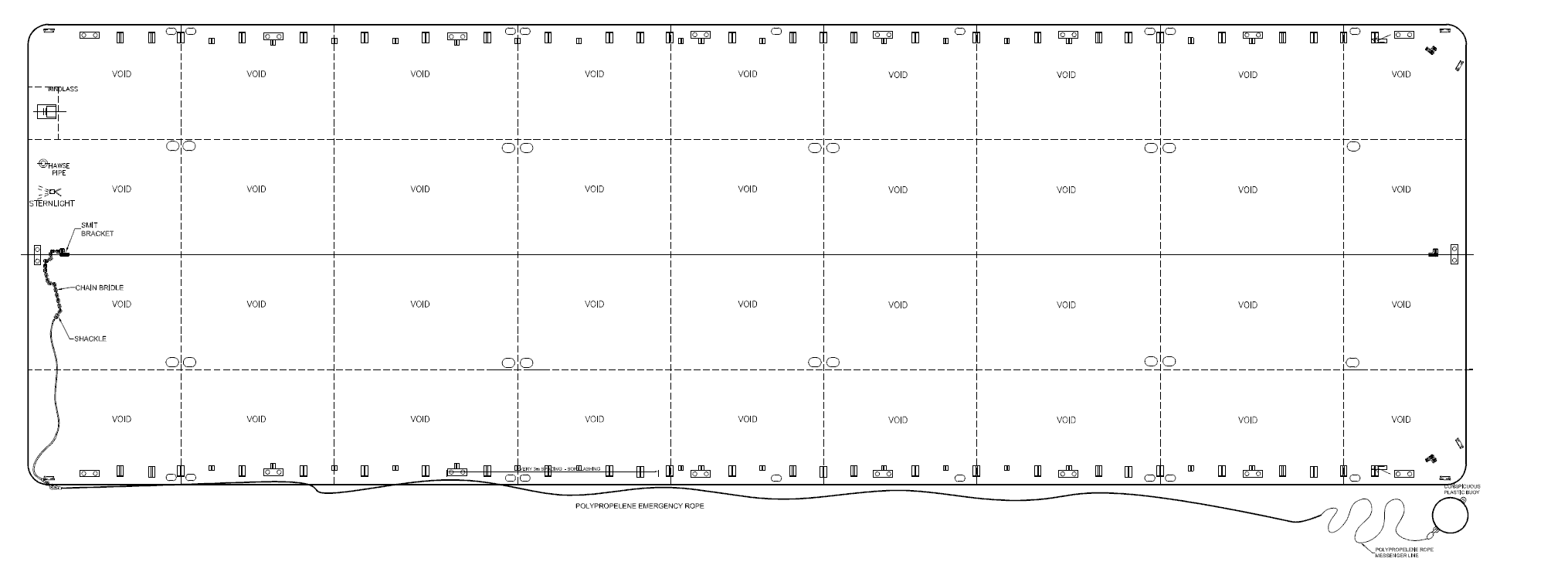
Selecting the right equipment for towing operations – Emergency Towing
In Part 1 of the article, we discussed the regular towing arrangements and how to select the towing gear for the same. In this part, we will discuss the components of the emergency towing arrangement and how to select them. The purpose of emergency towing equipment is...
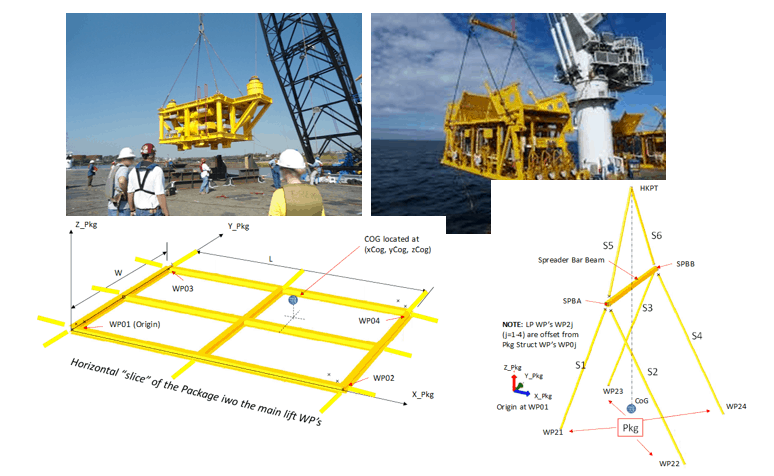
Preliminary Rigging Arrangement Design OF 4 point, Single Hook Lifts for Non-Specialists
by Michael Harwood, PE, PMP Overview Lifting by crane is a basic construction operation that dates back to at least Sixth Century BC (ancient Greece for example) and the lifting operation itself dates back much further. It is a very common operation in present-day...
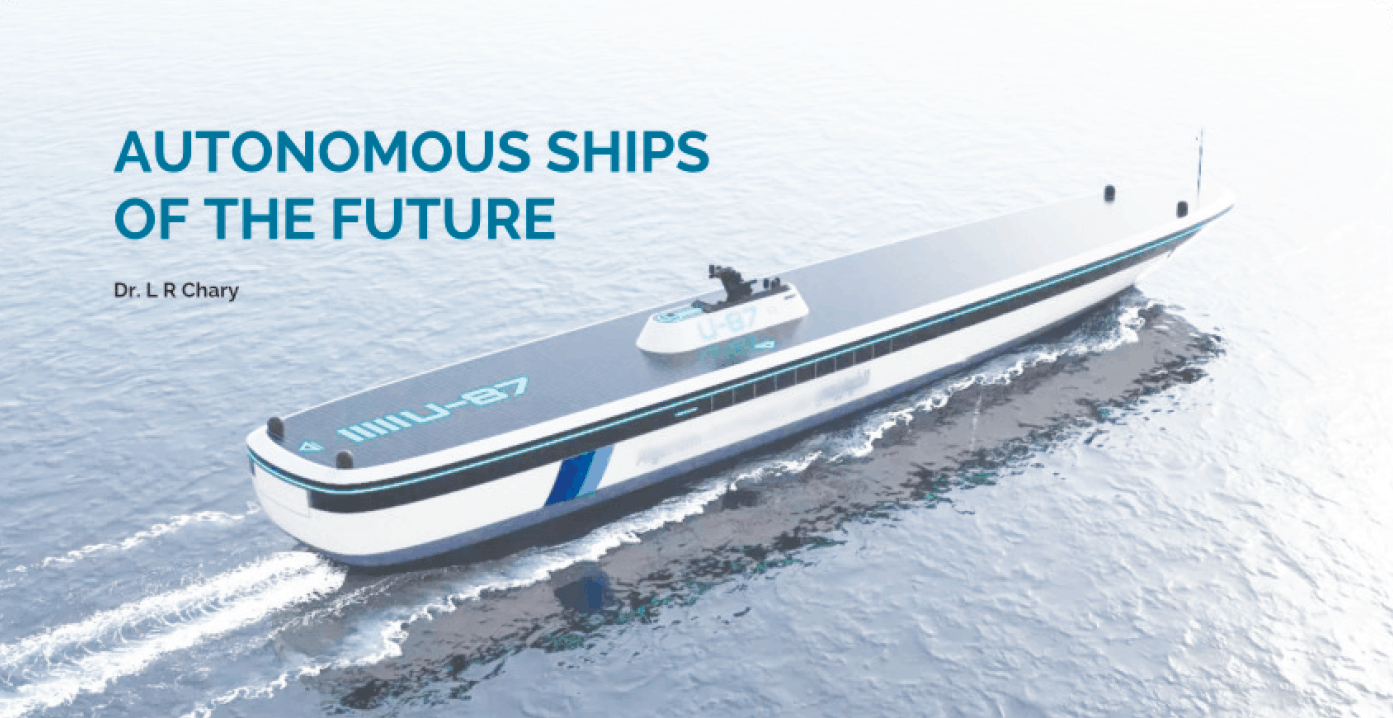
Autonomous ships of the future
Automation is in good servant but a bad master!By Dr L R Chari, ex-Executive Director of Shipping Corporation of India (SCI)*This article originally appeared in June 2018 edition of Marine Engineers Review (India), the Journal of Institute of Marine...

